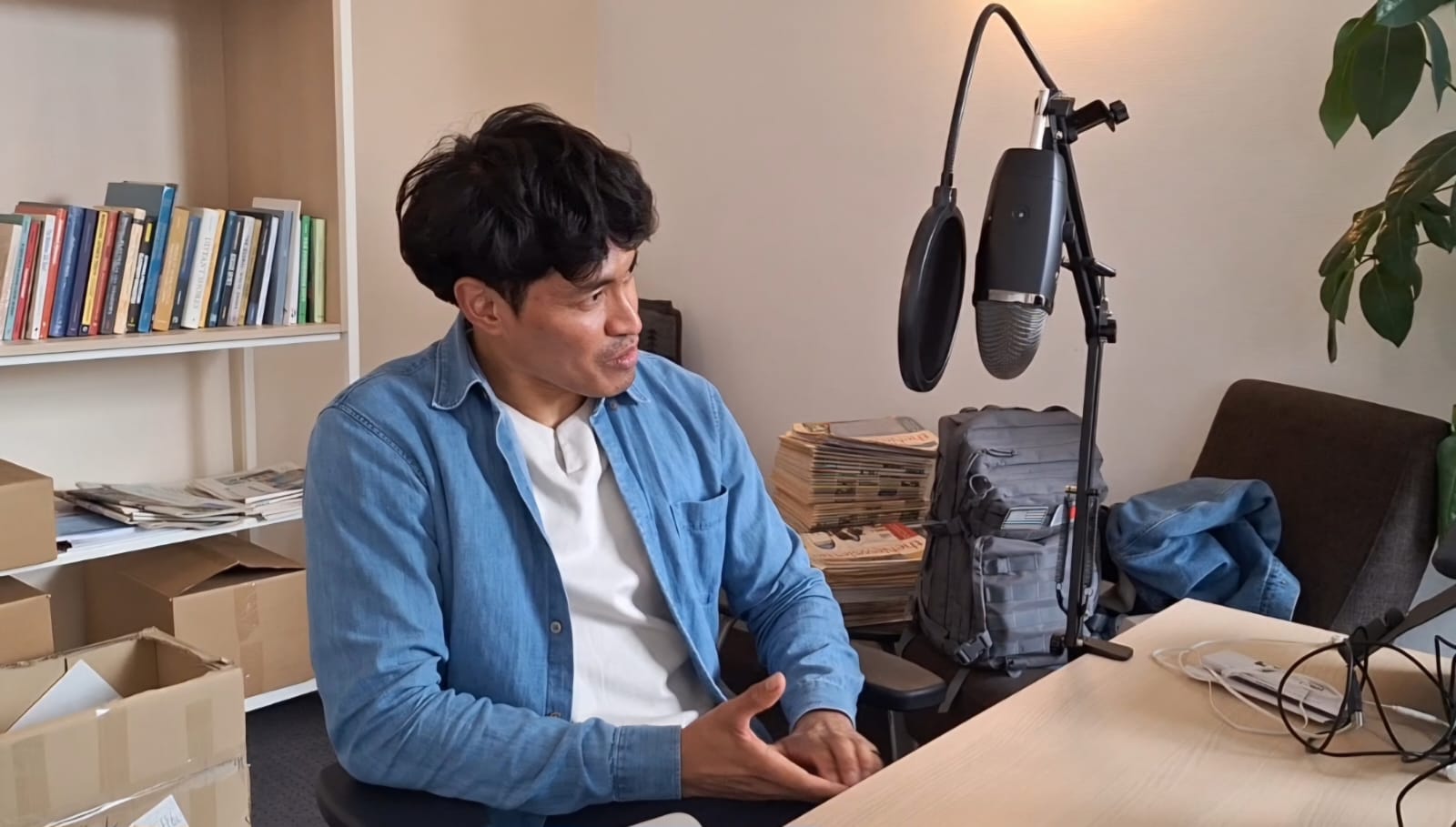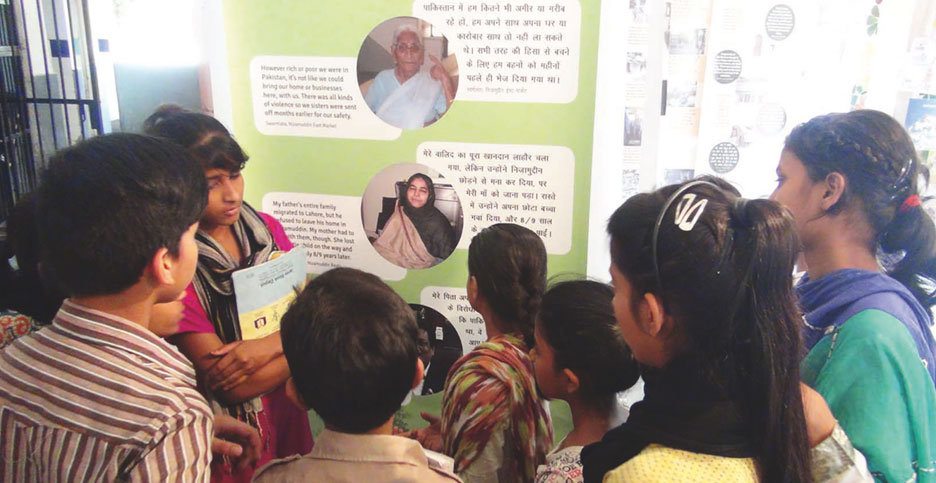The Newsletter maintains a deep commitment to accessibility in the broadest sense, a position that encompasses a wide array of editorial policies and dissemination practices. While the publication remains rooted in scholarship, its goal is to overcome the divides between disciplines and, more generally, between academia and the wider world. This begins with ensuring that anyone who wants to read our content – regardless of location or institutional affiliation – can do so (Fig. 1). Since its inception, IIAS has never charged subscription fees for The Newsletter, and this continues to be true for both the print and online versions.
In the past three years, the editorial team has also developed new digital platforms that uphold the value of public accessibility. Launched in 2022, The Channel is IIAS’ flagship podcast, connecting scholars, activists, artists, and the broader public in sustained conversation about Asia and its place in the contemporary world (Fig. 2). Many episodes have featured interviews with authors about their latest books, on topics ranging from economic transformation in Mongolia to the sordid history of “comfort women” in Indonesia, from translations of Swahili poetry to ethnomusicology in Palau. We also feature interviews with curators about current exhibitions related to Asia, as well as group conversations on specific topics. Recent episodes have explored everything from Brazil-Africa connections to the organizing struggles of migrant domestic workers. Meanwhile, The Blog hosts curated conversations, offering a community forum that is swift but deliberate, informal but rigorous, critical but welcoming. Popular collections include “Pop Pacific,” which focuses on the creation of transnational popular culture like K-pop and J-pop, as well as “Migrant Biographies,” which highlights the experiences and struggles of migrant workers (Figs. 3-4).

Fig. 2: Jewellord Nem Singh sits for an interview on The Channel podcast. (Photo courtesy of Sandra Dehue, 2024)

Fig. 3: The Japanese musical group BabyMetal. This image appeared in a contribution to the “Pop Pacific” collection on The Blog, posted on October 9, 2023.

Fig. 4: Chinese businesses line a winter street in Montreal (Photo by Unsplash user Joy Real, 2021). This image appeared in a contribution to the “Migrant Biographies” collection on The Blog from February 21, 2023.
Beyond literal access to the publication, accessibility also pertains to content. A variety of editorial, stylistic, and design guidelines ensure that each article we publish can reach the widest possible audience. First and foremost, this entails the writerly voice of our authors, as well as their mode of engagement with local communities (Fig. 5). For all contributions, we actively discourage disciplinary jargon and lengthy literature reviews. We encourage relatively short manuscripts, written in language that is clear, succinct, and precise. Such a style strengthens, rather than cheapens, the scholarly contribution of each article. It enables authors to more effectively communicate with others in their sub-field, but also to reach a larger audience of educated non-specialists.

Fig. 5: Community-engaged heritage research. This image previously appeared in Issue #73, Spring 2016.
Through all of these practices and projects, The Newsletter consistently aims at diversifying the ways in which both contributors and audiences engage with our various platforms (Fig. 6).
Fig. 6: Members of the IIAS team promote the institute and distribute The Newsletter at the Association of Asian Studies (AAS) conference in Boston, March 2023.